The backstory with my Auto 35 is spelled ‘Zenit 11’. That’s a Soviet made camera which I coveted some five years ago. I really liked the heavy metal look and build of it, and I generally have a thing for not-so-classically-handsome cameras. So I bought one from Slovenia which in the end proved to be defective. End of story.
Come February 2020 and I spotted a cheap Ricoh Auto 35 on a Swedish auction site. At first I thought the ad was wrong, but I did some reading and found out the history, about the Zenit 11 being a copy of sorts of the Ricoh. And I thought ‘why not give it a go?’
The Ricoh Auto 35 is one step up from a point-and-shoot camera. And – which is interesting for me – there are ways to work around the auto of the Auto to use it in a comprehensive fully manual mode.
Firstly – before I get into specifics – I have to tell you that there is no focusing! It’s a viewfinder camera with nothing to turn to get things in focus. It’s all dependent on the depth-of-field following automatic or manual setting of aperture. So, this is a camera perfect for practicing the process of zone-focusing.
On the lens there is a control ring with ‘B’, ‘M’ (for flash) and numbered stops from ‘2’ to ‘6’. There is also a flimsy peg which can be placed in four positions. The ring and the peg are your exposure controls. Correct exposure is aided (but not explained) with a chart glued to the back of the camera.
A selenium cell fuels the camera’s automatic exposure in Auto mode. The fastest shutter speed is allegedly 1/400th of a second. I say ‘allegedly’, since on my model, the selenium cell doesn’t work. But I don’t mind that much.
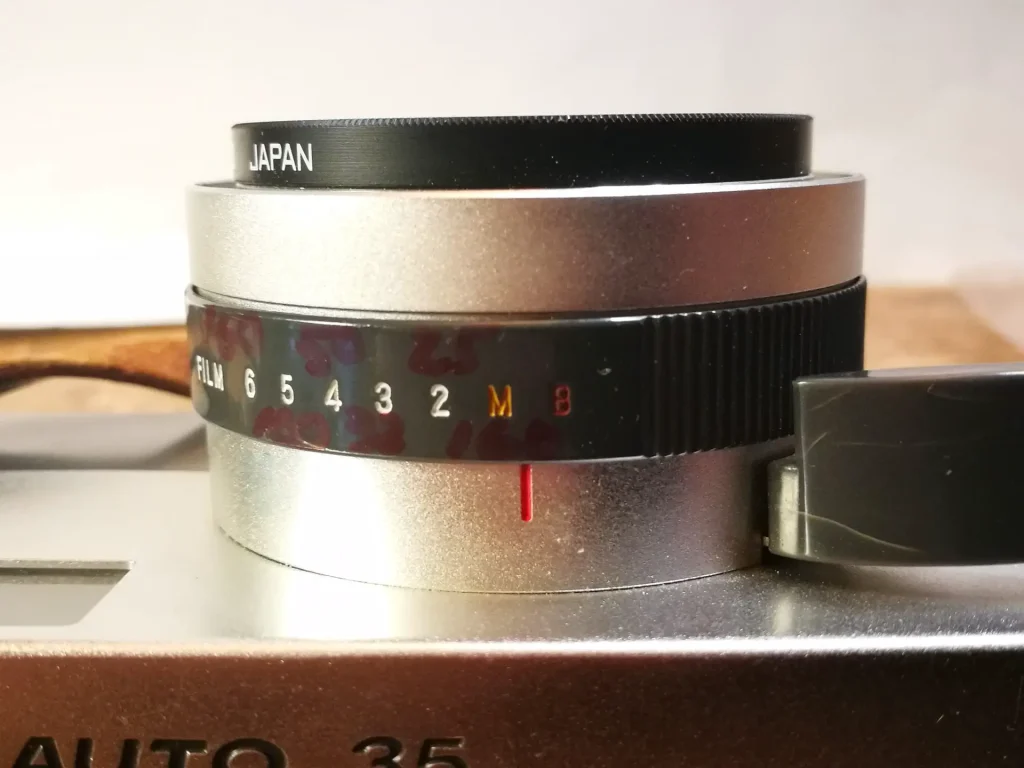
I’ve used a marker to translate the stops on the shutter speed and aperture controls to normal speeds and apertures.
The first two rolls were exposed during the first few weeks of Covid-19 restrictions. The weather had finally started to show signs of spring. All exposures but the fox-child in the slope were exposed on Tri-X 400. The remaining film is a Fomapan 400Action. Both rolls developed in Caffenol, 45 min Stand development. I edit for stronger contrast.
Okay, for the tulips I used a front element from a broken tele-lens (which I’ve used for years just held in front of any lens really. Focus is always at 10-15 cm). For most photos in sunlight or flash-mode I can (or am forced) to expose at f/20 because the shutter speeds are not very fast – the top speed is 1/160th. In future I will try to expose with ND filters. And on slower films.
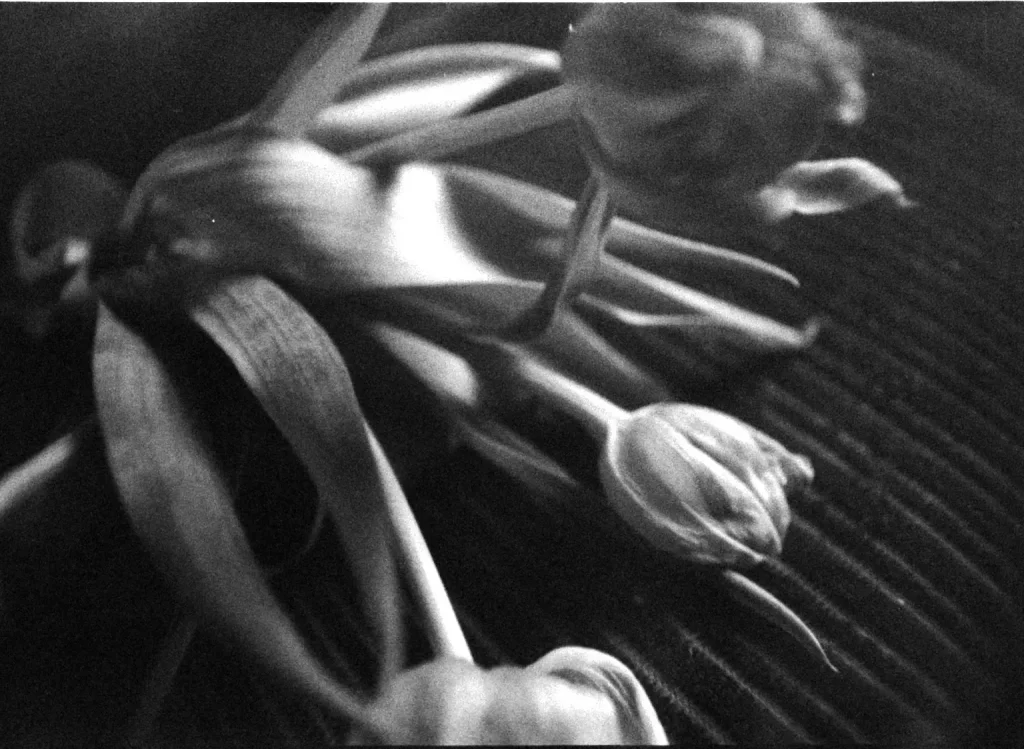
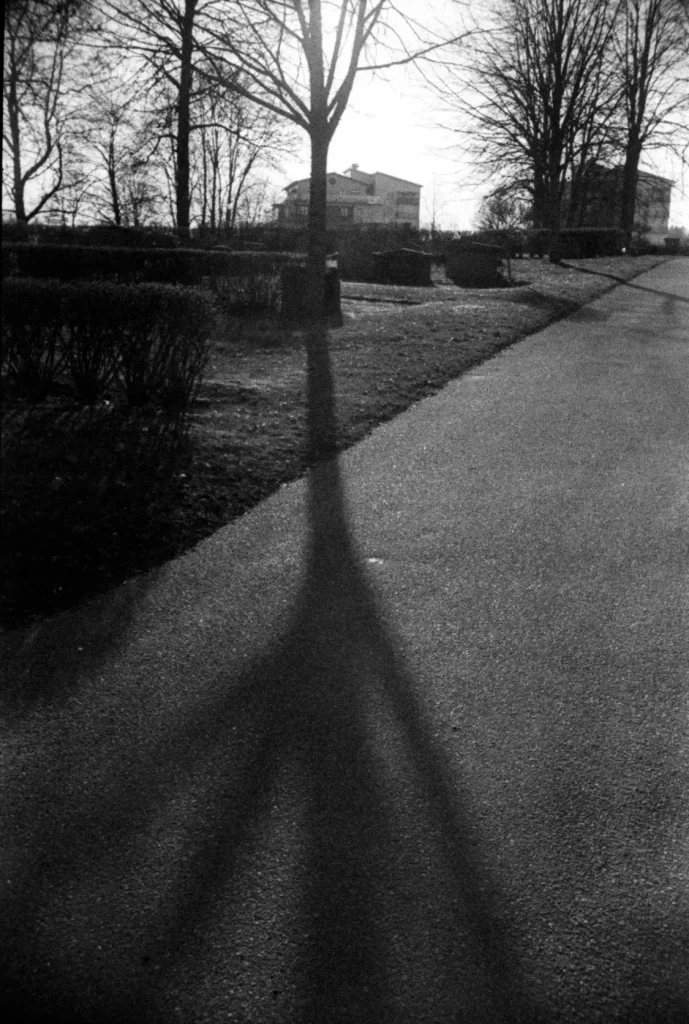
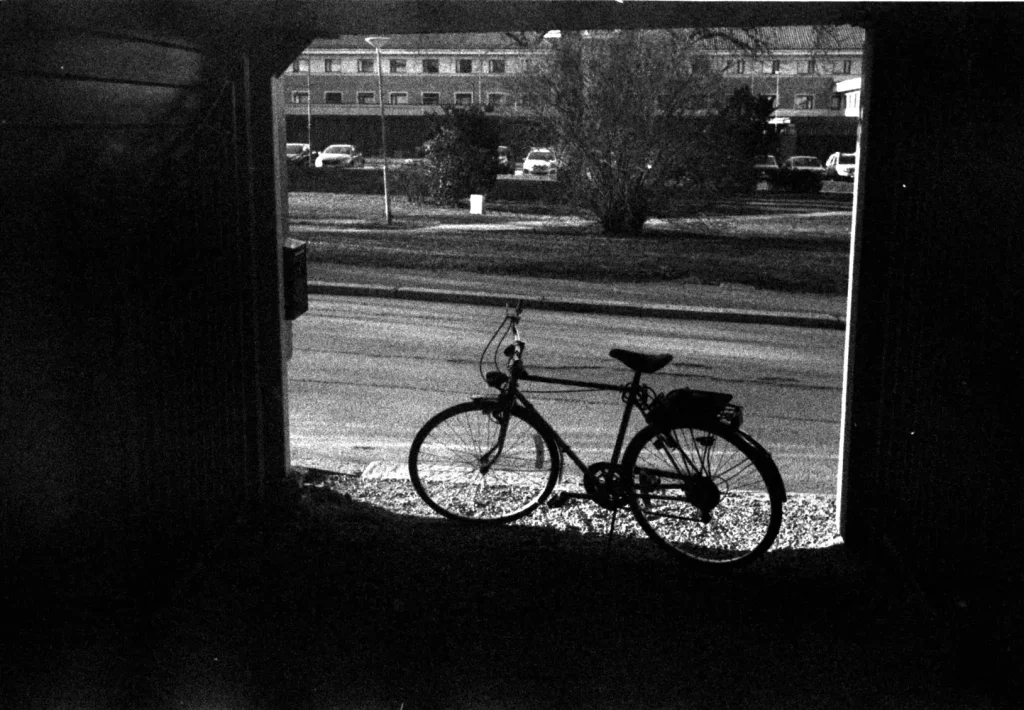
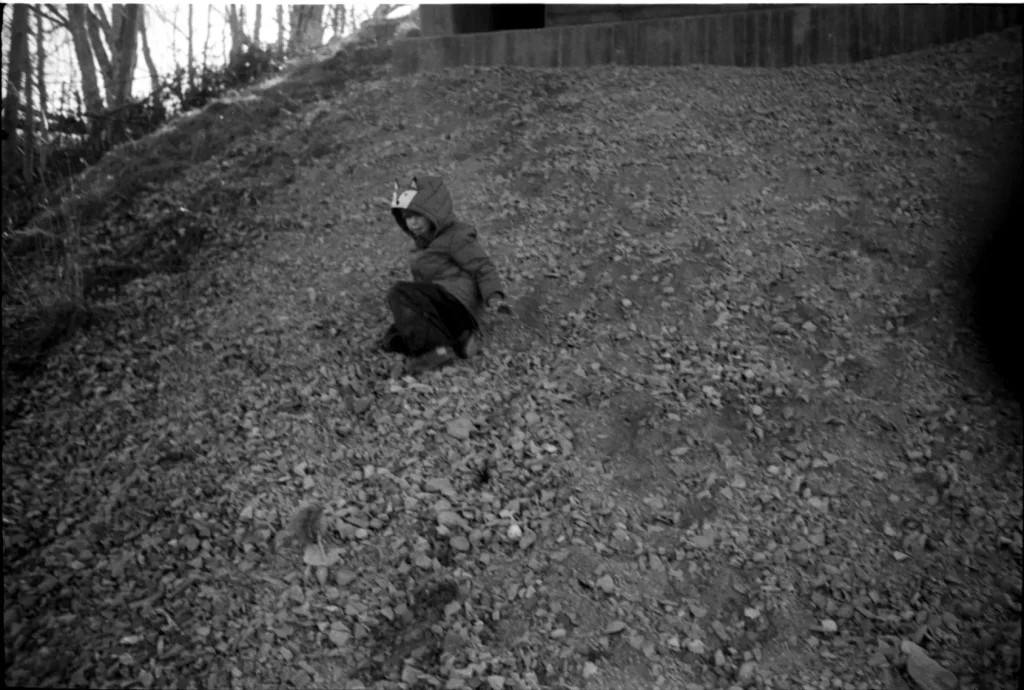
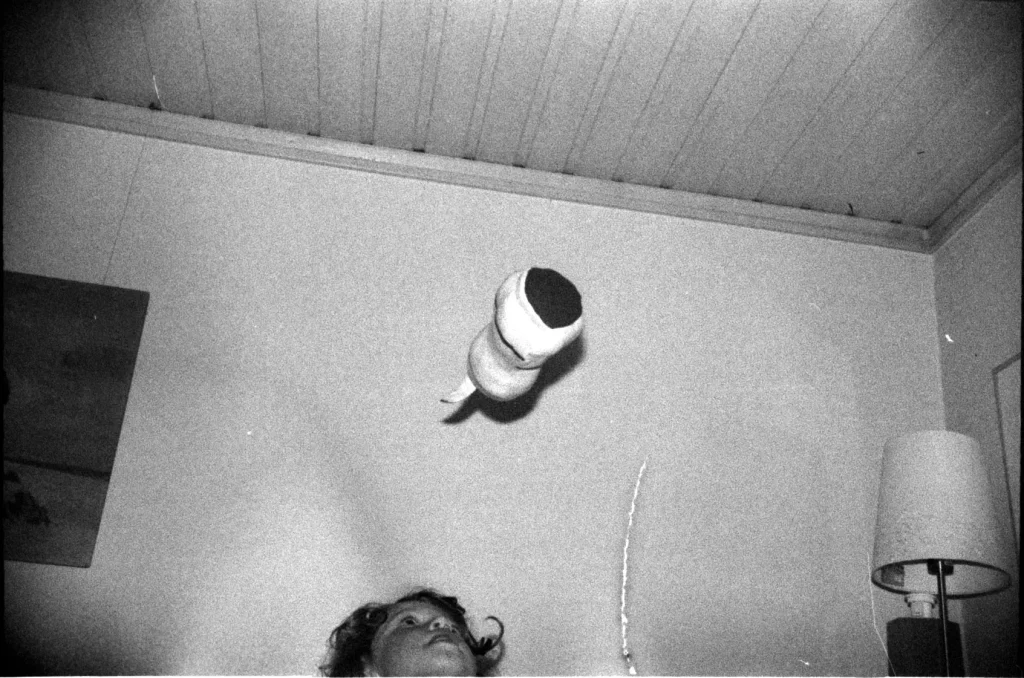
I am very happy to be able to share my photographic experiences with 35mmc readers! Don’t hesitate to comment, and check out my Instagram at #ourbooksmalmo. Visit my Etsy photography shop getOurBooks. Check out my blog getOurBooks.
/Tobias
Share this post:
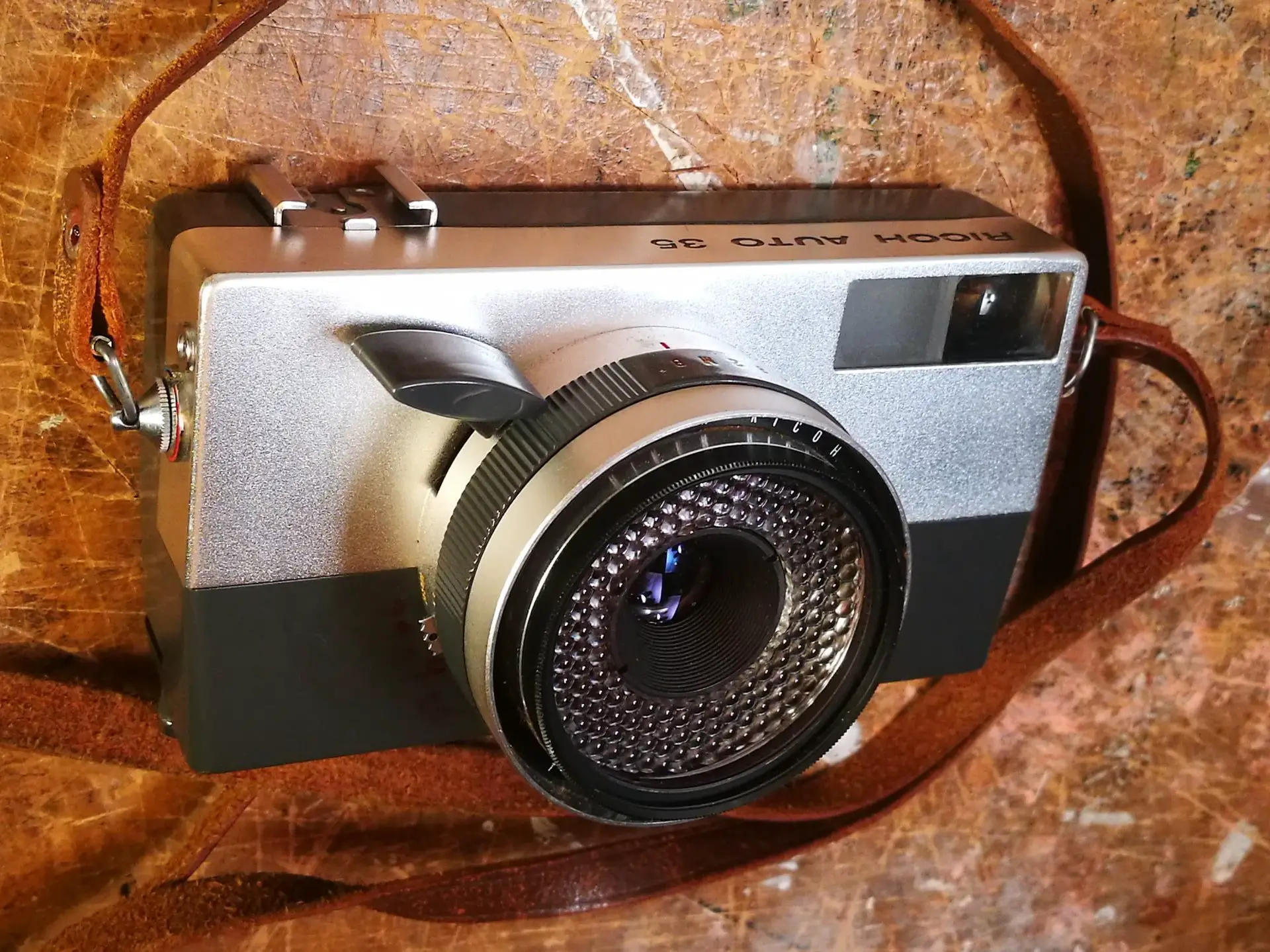








Comments
Martin Connolly on 5 frames with a Ricoh Auto 35 – by Tobias Eriksson
Comment posted: 16/05/2020
spaq on 5 frames with a Ricoh Auto 35 – by Tobias Eriksson
Comment posted: 19/05/2020
Fun fact: Zorki 10 is Zorki 11, but with a rangefinder. Both of them also have the highest shutter speed of 1/500, surpassing the original.